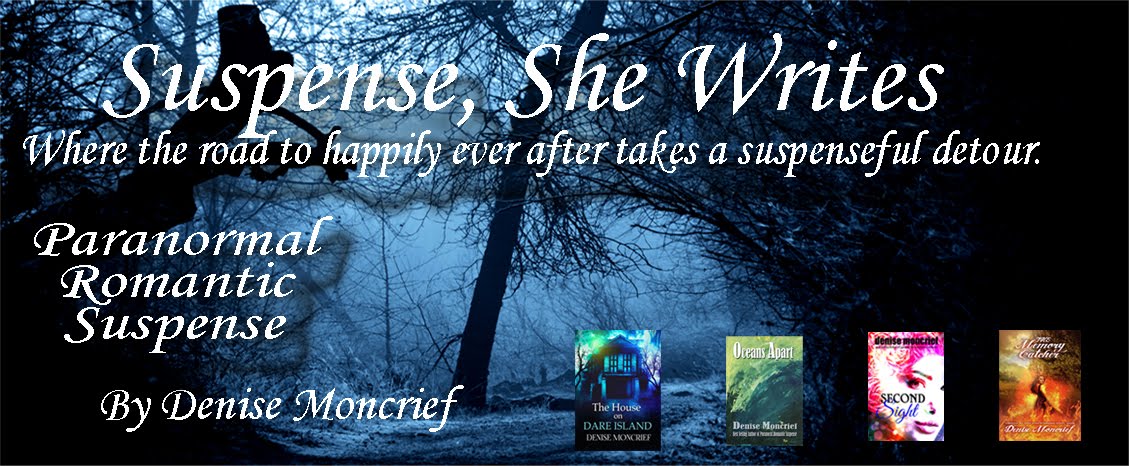My rating: 4 of 5 stars
Oh, my, what can I say about Bloodroot? I have so many impressions, and the sad thing is they seem to be disconnected and disjointed. Maybe that’s the best way to describe Amy Greene’s book. In a somewhat patched together manner, the book follows the life of Myra (Lamb) Mayes Odom. Even her name presents an inconsistency. Her father’s name was Mayes but the characters called her Myra Lamb.
Myra is a wild child. The woods and the trees and the hills and the animals and the (fill in the blank) inhabit her spirit. Ms. Greene relates this aspect of Myra’s essence to the reader repeatedly. Myra was one with nature, a free spirit. I love great narrative descriptions of setting, especially natural scenery, but I think a good fifty percent or more of this book was descriptions of the natural surroundings. Perhaps Ms. Greene was trying to suggest the deep love for the land and the mountain. Okay, after the first few narrative descriptions, I got it. With very little dialogue, I felt like I had to wade through mountain streams and climb wooded hills to get to the plot of this story. It was like digging out the bloodroots for which the book and the mountain were named.
The book flip-flops between three generations of Lamb descendants--people in Myra’s life, told in first person with multiple points of view, and not in chronological order. The story begins with section one as told by Myra’s grandmother and Myra’s best friend, a boy who loves her with a deep abiding unrequited love. The story continues in section two told by Myra’s twins as they approach adulthood with no grounding in the finer nuances of living in a structured society. Section three backtracks in time and is told by Myra as she struggles with adjusting to life with a man whose violent nature finally overcomes his passionate love for her and then as she tries to hide her twins from his violent and vindictive family. And finally, the epilogue is told my Myra’s husband, years later after he’s been missing for nearly twenty years.
Myra’s grandmother suggests a curse was put on the Lamb family. And certainly, this family had more than its share of tragedy and dysfunction. The story is textured with the definition of poverty, ignorance, and double standards. Girls had few choices for the future and invariably married young. Men held their women under their thumb simply because they had the economic and physical power to do so. Unfortunately, poverty and ignorance often go hand in hand. Not until the fourth generation did anyone in the family have the means to overcome poverty.
Greene finishes the book from John Odom’s point of view. His explanations for his abusive behavior are rooted in the dysfunction in the Odom family. When Myra’s dysfunction and John’s dysfunction combined, the result was disastrous for everyone concerned. His life is a testimony to the truth that an abused child will often become an abuser, yet I still had a difficult time developing any sympathy for his character, despite the uneasy feeling that Greene wanted me to do so. Ending the story from his point of view left a bitter aftertaste.
I gave this a solid four stars. Despite the disjointed plot line and the repetitive narration, I couldn’t put this book down. I think because I wanted this family to overcome its past and find redemption in the triumph of surviving.
View all my reviews

No comments:
Post a Comment
Thank you for leaving your comments. I love hearing from my readers and appreciate the feedback.